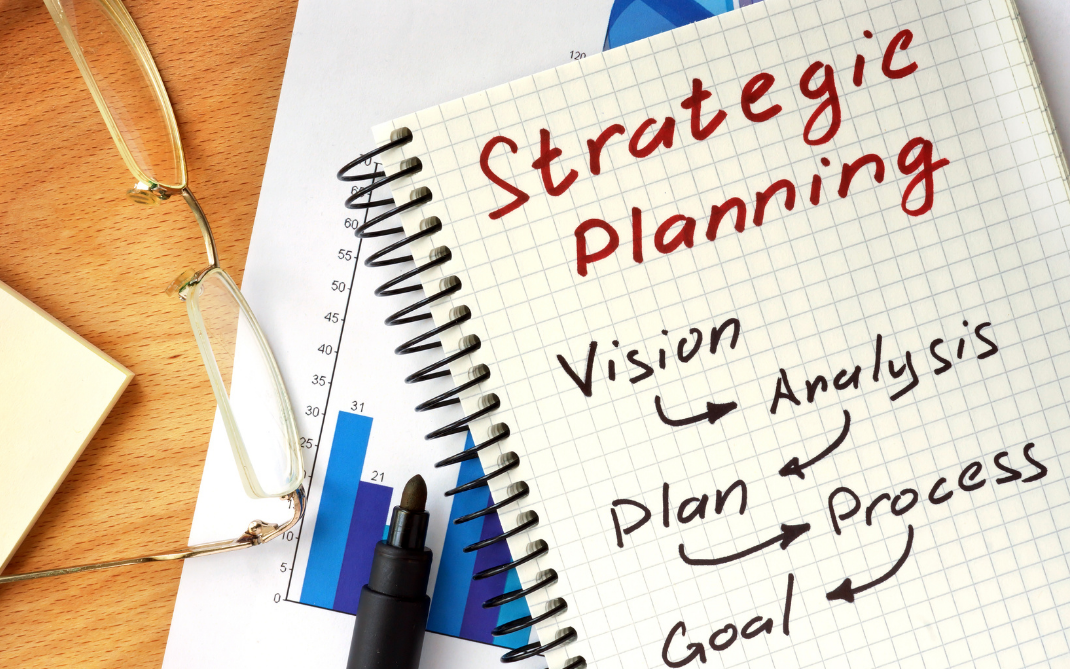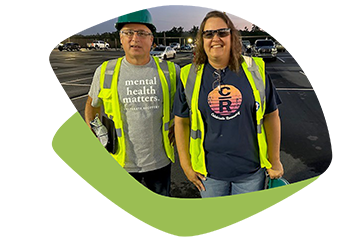Maximizing Biometric Screening Data


Far too often, companies do not review or use the aggregate data provided from an onsite biometric screening. This data provides valuable insight into the current health status of your population, helps to identify trends based on year-over-year data, and provides topics for annual planning.
Many professionals question the value of population health screening data because they believe that most participants who take advantage of screening programs are the “worried-well.” This may be the case, however, even within this group of “worried-well” there is a high percentage (30-40%) that have elevated risk factors.
Screening data is a snapshot in time that provides data to address high cost/high-risk areas and to mitigate future claims by offering programs to keep the low-risk population low.
Embed into health management strategy.
Screening data offers objective feedback to weave into your overall wellness program management strategy. Screening data is a barometer of your populations' health and when matched with other data such as pharmacy, annual exams, or gaps in care, it may help uncover other issues. For example, if a large amount of the population has higher-than-normal blood pressure, and when compared to RX claims there are few on medication, and gaps in care indicate low compliance with annual physicals, this may raise a flag about other issues:
- Access issues to medical providers (long wait times, convenience, limited access).
- No relationship with a primary care professional (use the ER/urgent care instead).
- Poor medication compliance (side effects, forget to take).
- Lack of knowledge regarding their health risks for stroke, heart attack, diabetes, etc.
- Cannot afford medications.
Value of year-over-year trends.
When looking at multiple years’ worth of biometric screening data, the focus should be on the trends. What factors may be influencing this data? And is it flattening out or worsening? It is typically not one thing that impacts trends, but the weaving together of multiple factors. Maybe you’ve made it to the benefits design, including more targeted wellness initiatives, or your leadership is actively promoting a healthy culture. The most important thing to note is what is happening to the trend. Ideally, it is about slowing the trend (for example BMI is not getting worse). Some programs see a reverse in trends, but it takes time, persistence, and continuity over multiple years to achieve this.
Another barometer to measure aggregate data is how an organization compares to national norms or the screening vendors' book of business. Do you have a higher-than-average population of tobacco users? Are your BMI values higher than the norm? Certain regions of the country may have better-than-average or less-than-desirable health numbers due to different lifestyle habits and environmental factors. These are the factors that should be woven into your wellness program.
Share the data!
Individual biometric screening data is Personal Health Information (PHI) and should not be shared with anyone except the participant. However, aggregate data should be shared with all key stakeholders, including the executive team. Key stakeholders may include such divisions as HR, Benefits, safety, DEI, and of course the wellness committee. It is also a good idea to share a summary of the data with the entire population. This level of transparency may result in a greater call to action to improve employee wellbeing and engage more participants to pursue a healthier company culture.
Do not forget to employ the expertise of the screening vendor. The vendor should provide ideas on the next steps and use the aggregate information to support your wellness program. Screenings can be more than just a tool to help identify risk. This highly visible event helps keep employee health and wellbeing at the forefront of employees' minds. It is a great opportunity to communicate, educate and motivate individuals to manage their health!


